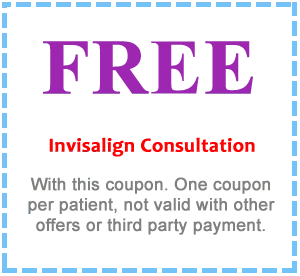COMMON METHODS OF OSA TREATMENT
1.Oral Appliance Therapy
2.
Continuous Positive Air pressure (CPAP)
3.
Surgical Removal of Excess Palatal Tissue (UPPP) or the Laser Assisted Removal of the Uvula (LAUP)
Clearly, the largest number of patients suffering from obstructive sleep apnea are in the mild to moderate categories and should be treated with oral appliances. Despite the fact that treatment with the CPAP unit is extremely successful, there are a number of patients who cannot or choose not to wear the face mask with the attached air compressor. These patients are excellent candidates for oral appliances. Some patients either do not want surgery or have had surgery and the procedure has been unsuccessful in solving the problem of OSA. These patients prefer a non-surgical, non-invasive plastic intra-oral appliance that can be worn at night only to help solve their problem.
Today there are basically three types of appliances:
- Soft Palatal Life Appliance
- Tongue Retraining Device
- Mandibular Repositioner
It should be noted that since 1987 all medical devices, including oral appliances for the treatment of snoring and obstructive sleep apnea, are required to have marketing clearance from the FDA.
Types of Appliances
1. Snore Free
A prefabricated appliance constructed by the clinician at the chair. It is a relatively inexpensive, good diagnostic, temporary appliance and is used if the patient breaks or loses the permanent snoring appliance. .
2. Silent Nite
This two piece appliance is consists of two plastic parts which cover the upper and lower teeth and are joined together with a plastic plunger. The advantage of this appliance is that it is extremely comfortable
3. Modified Herbst
This removable appliance is highly effective. The upper and lower acrylic components are held together by a plunger mechanism which holds the mandible forward in both the open and closed positions. The Modified Herbst has the advantage of allowing the patient to open and close as well as providing some limited side to side jaw movement.
4. Nocturnal Airway Patency Appliance ( NAPA )
This is a rigid appliance which stabilizes the jaw in the horizontal and vertical dimension.
5. Klearway Appliance
This is a one-piece appliance attached to the upper and lower teeth with a screw capable of advancing the jaw.
6. Silencer Appliance
This is a two piece appliance held together with a special titanium hinge. This is one of the most comfortable appliances since it allows for jaw movements.
After the oral appliance has been used for a few months and the treatment appears to be working, then a second polysomnogram must be taken to confirm that the snoring and obstructive sleep apnea have been corrected. If the polysomnogram reveals that there is still a problem, then it is advantageous to have an adjustable appliance.
CONTINUOUS POSITIVE AIRWAY PRESSURE (CPAP)
The current gold standard utilized by the medical profession for the treatment of OSA is continuous positive airway pressure (CPAP). The patient wears a tightly fitting nose mask which is strapped to the head and connected by a hose to an air compressor pump. The air is forced into the airway through the nasal passages in order to open up the airway.
Complaints about the use of this air blower include pump noise, voice changes, skin irritations from the mask, nose and throat dryness, headaches from the strap around the head, tinnitus, difficulty getting to sleep, sinus infections, and difficulty breathing out against the air being forced through the nose.
The patients who should use CPAP are the severe cases of obstructive sleep apnea as the device may indeed be a life saver. In cases of mild to moderate OSA, or in cases where patients refuse to wear the CPAP, perhaps oral appliances may be the treatment of choice.
MOST COMMON SURGICAL TECHNIQUES
- Laser Assisted Uvulaplasty (LAUP)
This is a very popular form of surgery now being performed. The purpose is to surgically remove the uvula when it is excessive and deemed to be causing the problem. - Uvulopalatopharyngoplasty (UPPP)
This is the surgical removal of excess palatal tissue which is thought to be causing the problem.
The disadvantage is that these surgeries can be quite painful during the healing period. Following the surgery, patients report voice changes and difficulty in swallowing their food.
Patients should be informed of all their options prior to any treatment whether surgical or non-surgical.



